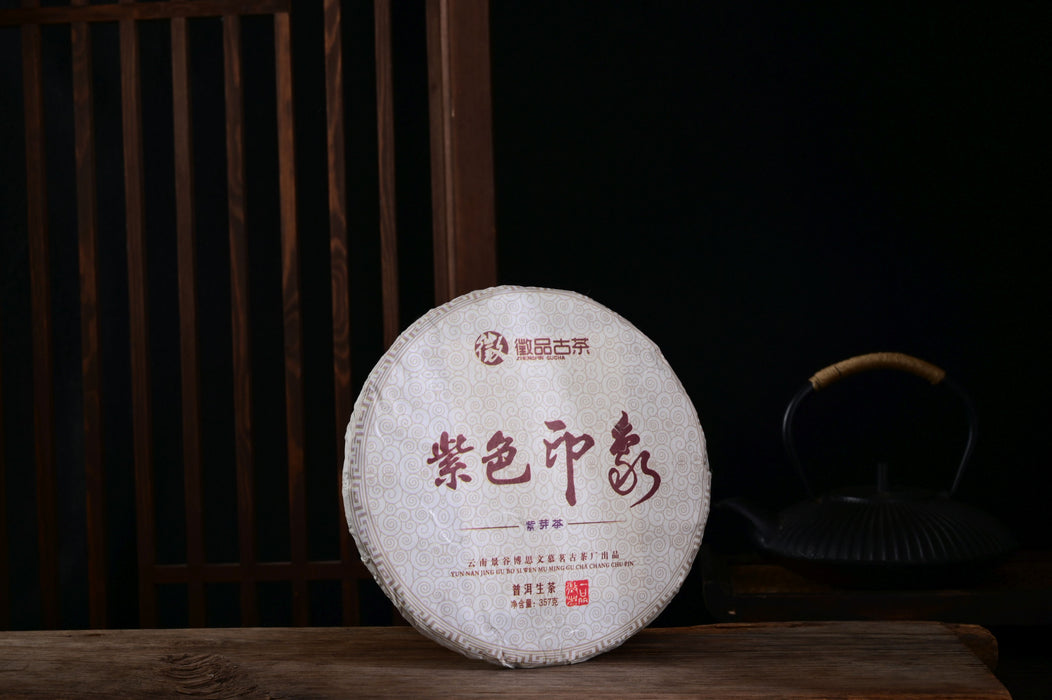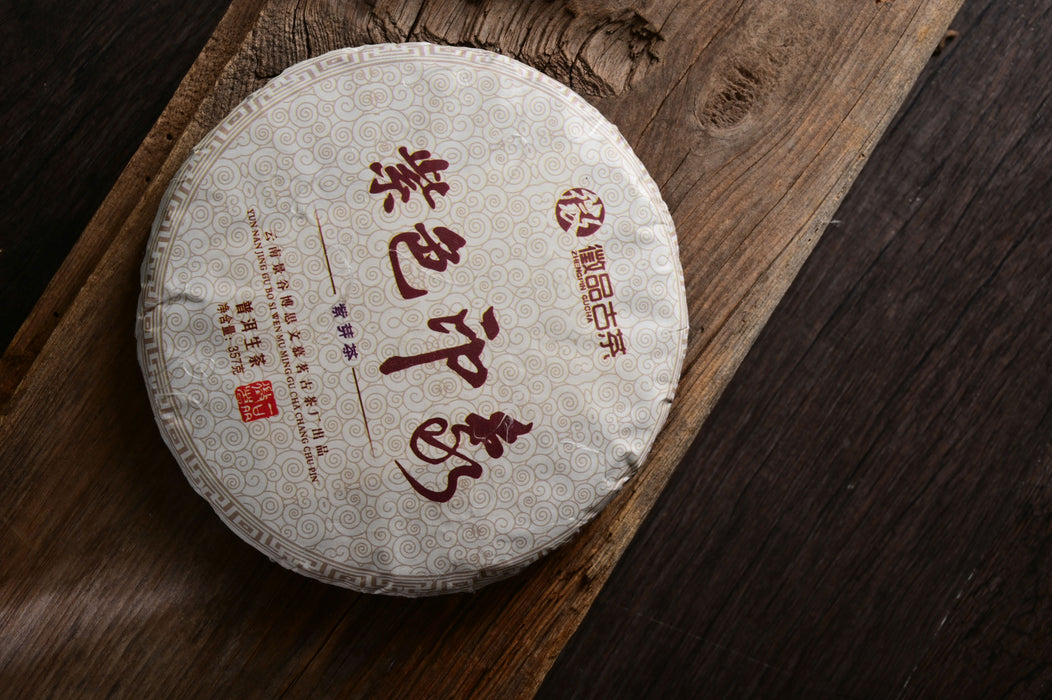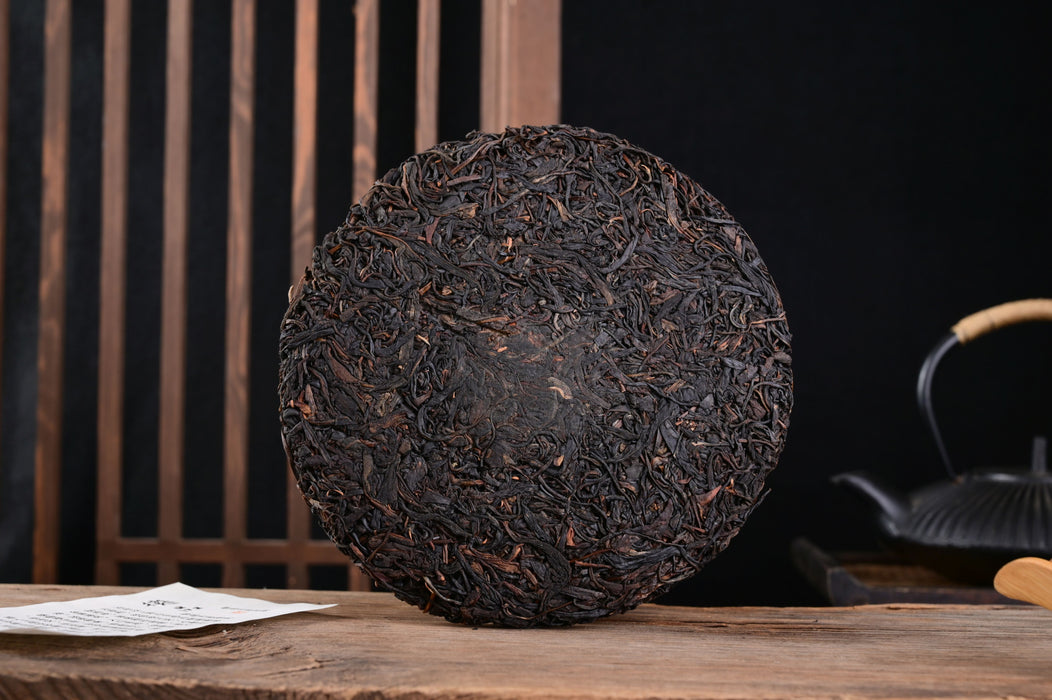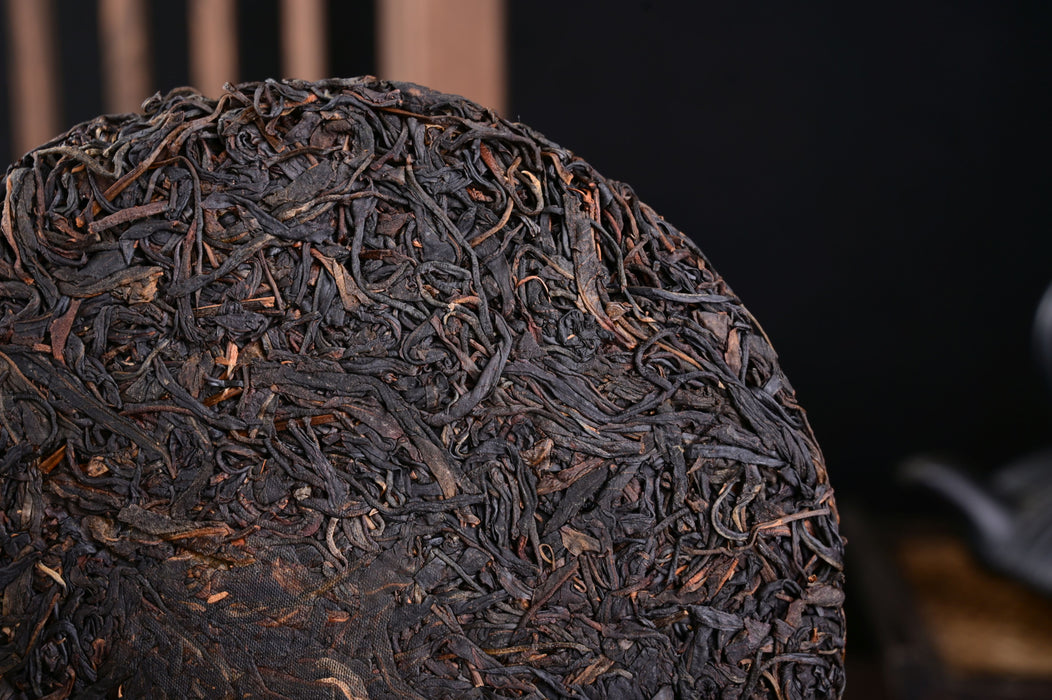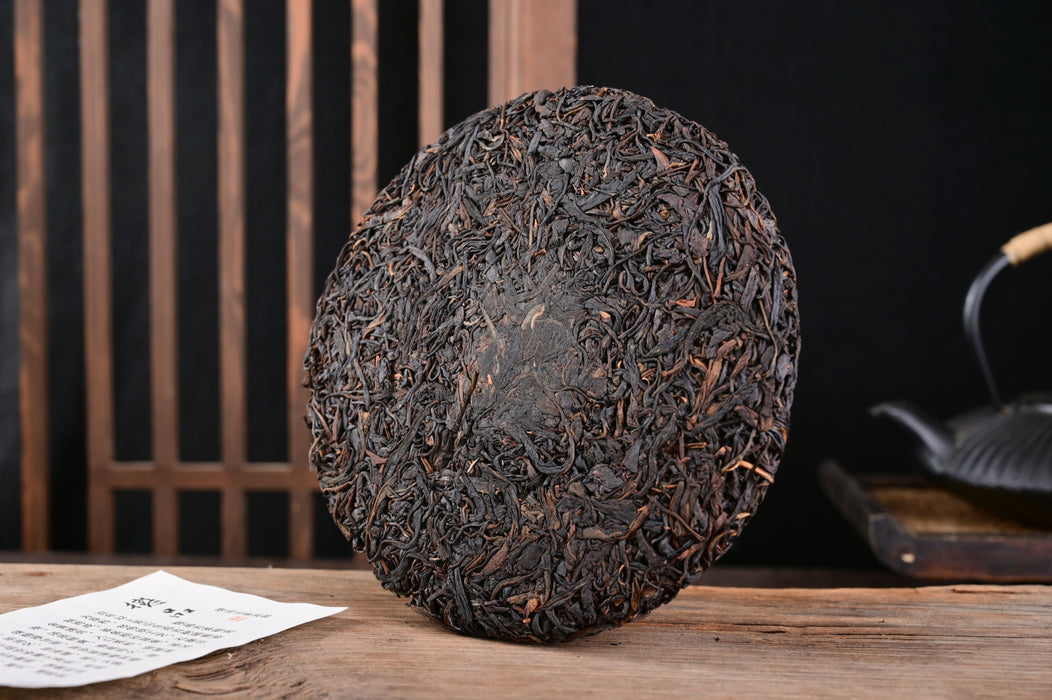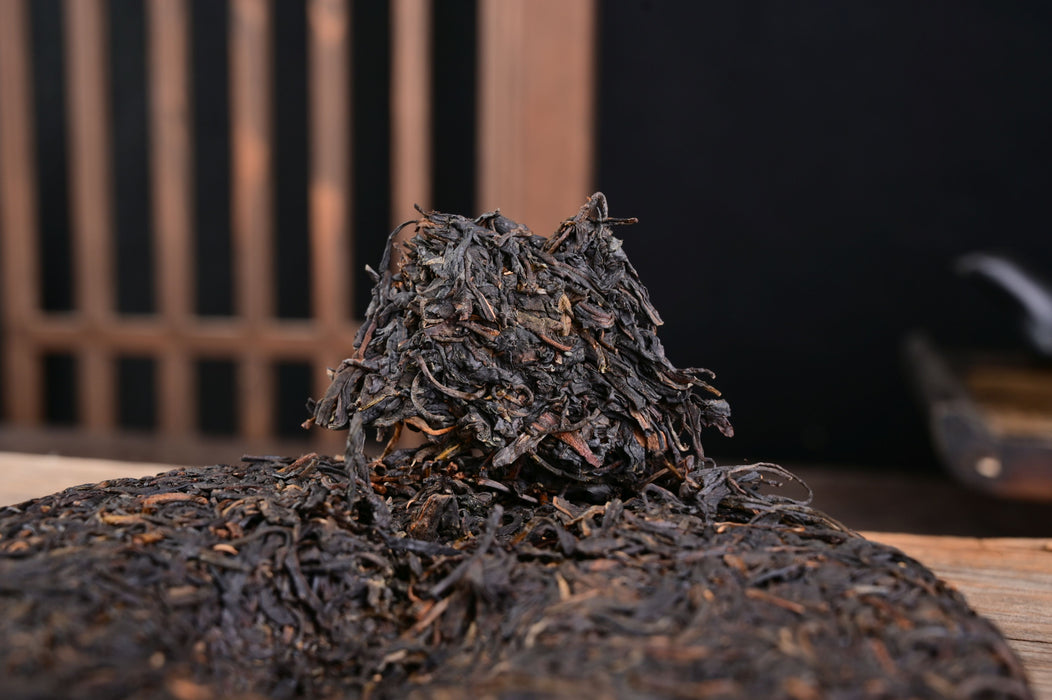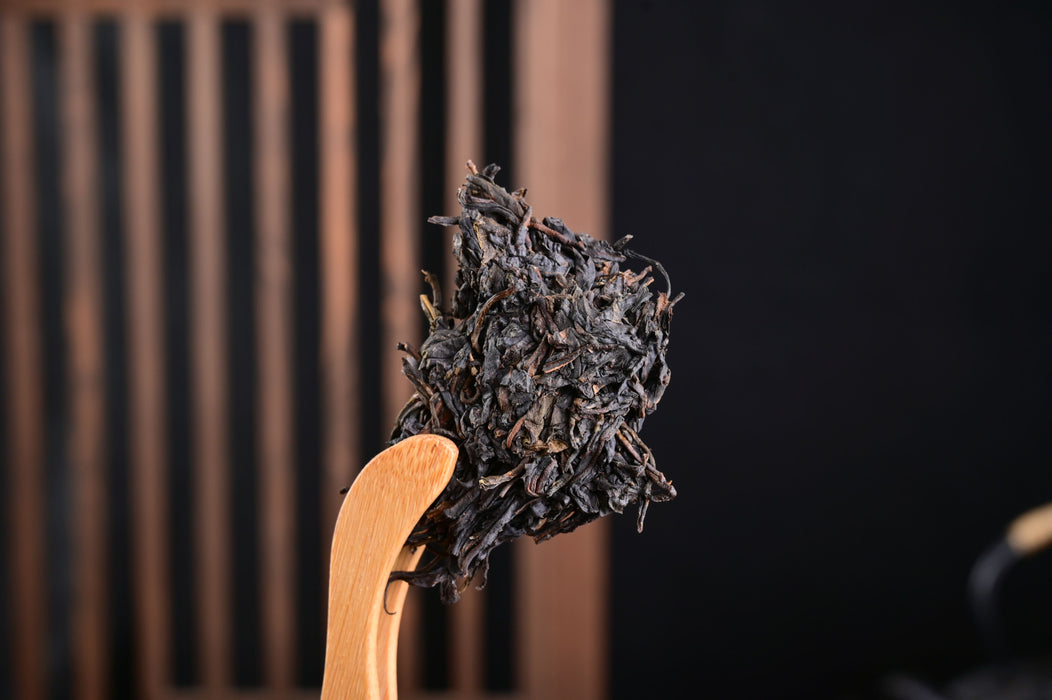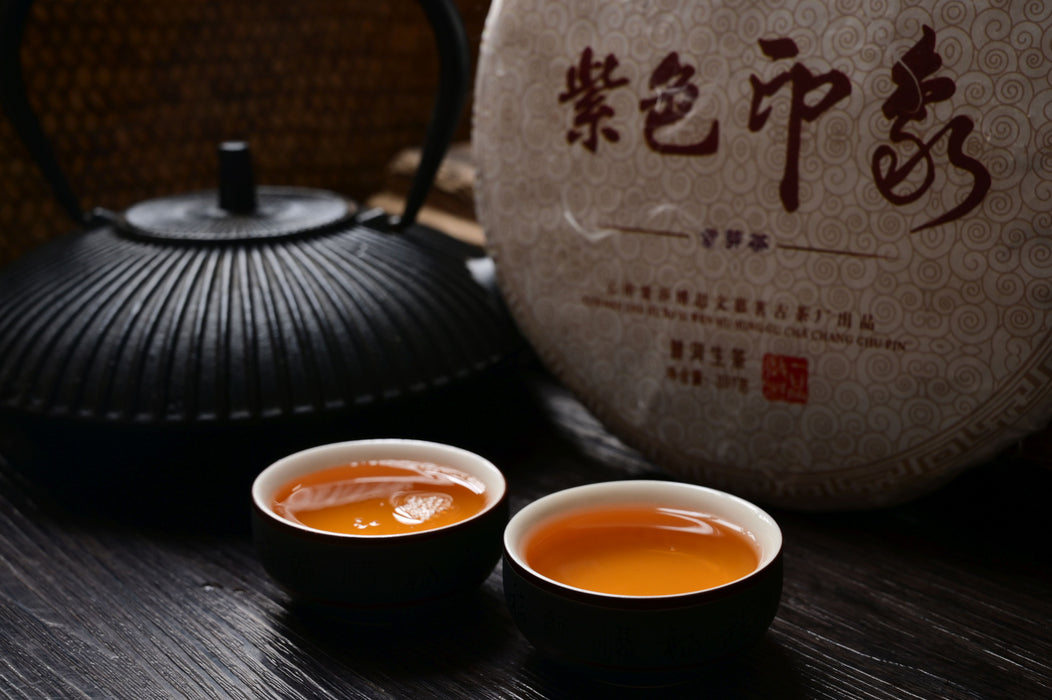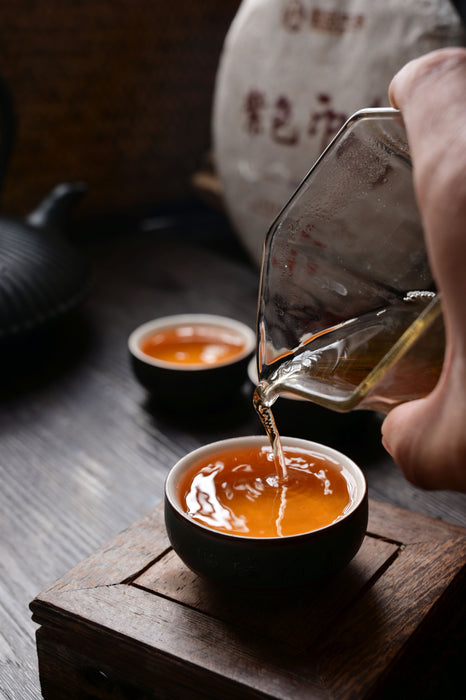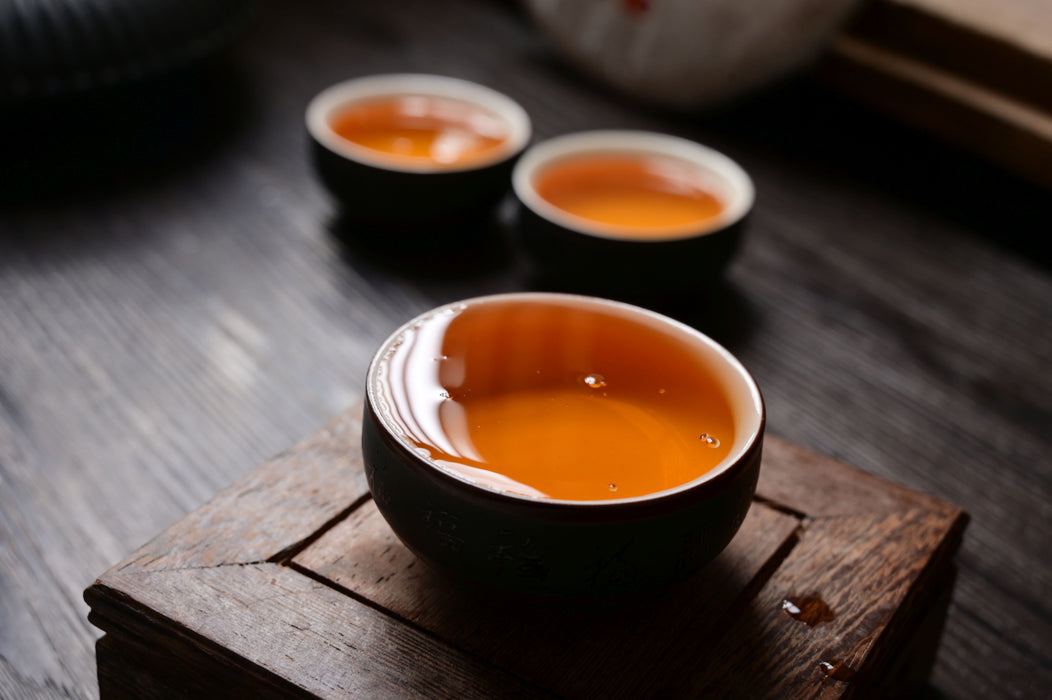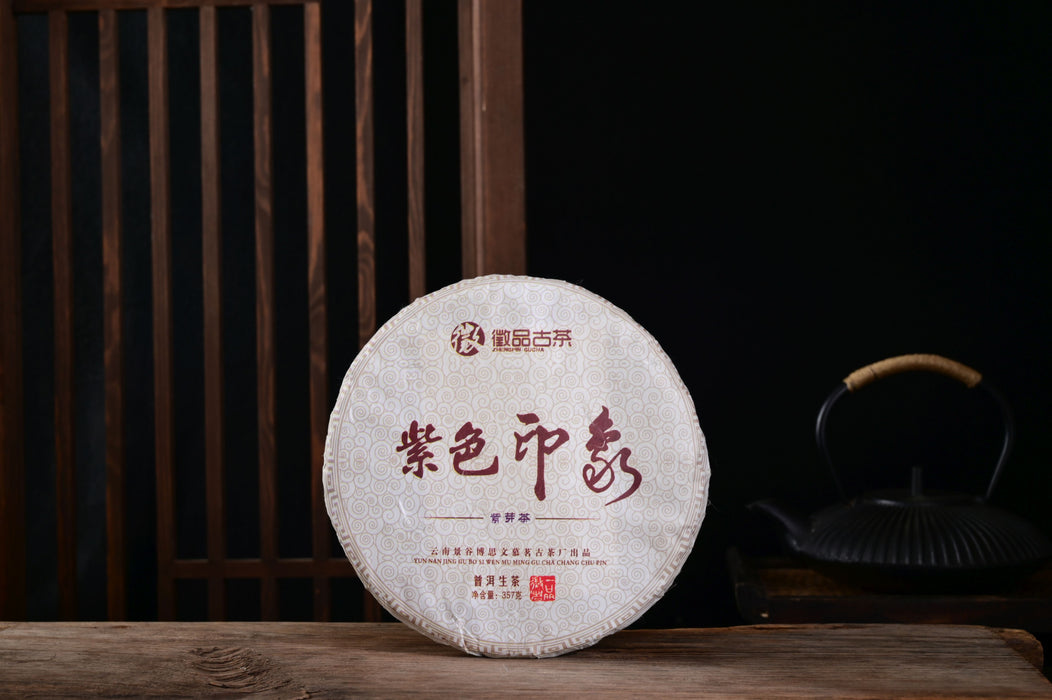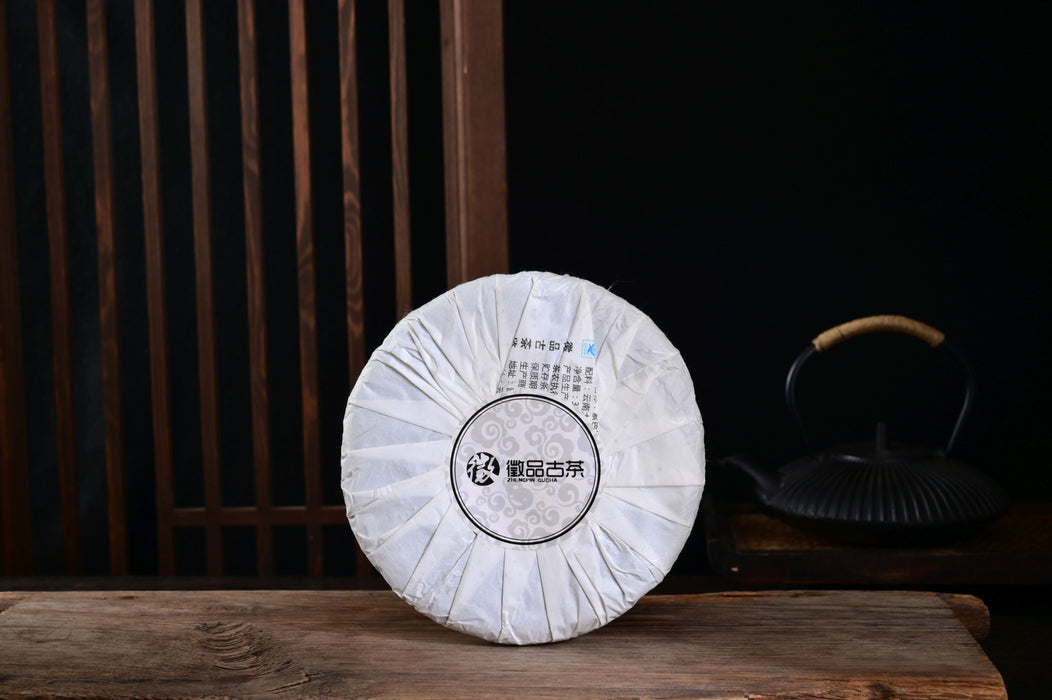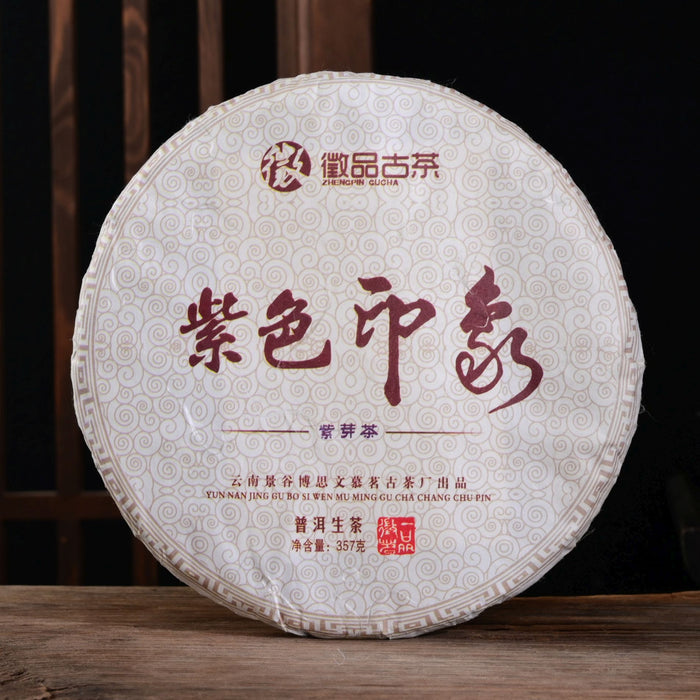
2013 Zheng Pin Gu Cha "Purple Impression" Raw Pu-erh Tea Cake
This is a Spring 2013 harvested purple tea (Zi Ya type purple) from Jinggu County in Simao.
Stored for almost 10 years in Jinggu county has given this tea a nice lightly aged feel to it. The purple tea character has become much more pronounced. Thick, almost chocolatey for a raw tea! Fruit and mushroom broth sweetness and with a mineral thick tea soup.
Pressed in the Bo Si Wen Tea Factory in Jinggu.
357 Grams per cake.
If you are a fan of this 2013 tea, then you'll probably like the 2007 one as well
2007 Yi Shan Purple Bud Raw Pu-erh Tea Cake of Jinggu
For more information on Purple tea read below:
Purple Varietal of Camellia Sinensis Assamica
Yunnan Pu-erh tea grows in the superior environment of low latitude, high altitude South Asian tropics and achieves many qualities of superior tea. Among pu-erh tea, purplish red bud tea is particularly valued.
During the hot, humid summer and fall seasons a portion of tea tree buds are purplish red colored. The source of the color is anthocyanin, which changes color along with cell sap acidity. High levels of acidity lead to red color, while medium acidity is more purple, and high alkalinity tends toward indigo. Purplish red tea results from an inherited reaction to unfavorable hot and humid summer environmental conditions, providing the tea tree with a mechanism for fighting scorching ultraviolet rays.
Pu-erh tea growing areas tend to be between 1000 and 2000m elevation. According to surveys, higher altitude tea growing areas receive as much as 8 times the ultraviolet light of lower altitude growing areas. During the dry spring tea season, the atmosphere tends to be quite dusty which serves to reflect, scatter, and absorb most ultraviolet light. Entering into the rainy season, atmospheric dust is frequently washed away by rain. These clean, clear atmospheric conditions allow virtually all UV light reach the surface. In order to resist damage from this shortwave radiation, tea leaves produce anthocyanin, which can reflect away a portion of the UV light hitting the leaves. Although a southern Yunnan tea field during the high of the summer is a sea of green, most eye-catching are the specks of purplish-red scattered throughout. Purple bud tea trees occupy approximately 1-2% of all tea trees, and occur with varying intensities of purple.
Purplish red bud tea has throughout history been regarded as a standard for quality tea. Lu Yu in the "Cha Jing" evaluating the color of tea leaves, came to the early conclusion: "bright cliffs and gloomy forests, purple is the highest and green the second". Purple tea features prominent fragrance and rich flavor. A small number of tea trees growing on the rocky slopes of Fujian's Zhengyi mountain, because of their red color, are given the famous name Da Hong Pao. Another historically famous purple tea is Zhejiang province's Guzhu Zisun.
Purple Bud Tea, grown in high mountain ancient tea fields, is hand-picked by growers who select only young tender buds from the purple tea trees. It is solely and painstakingly processed to produce a very small quantity of heavenly tea.
Purple bud tea anthocyanin can be bitter, so it is recommended that those who do not enjoy bitter flavors reduce the strength of their brew so as to enjoy the fine tea flavor.


